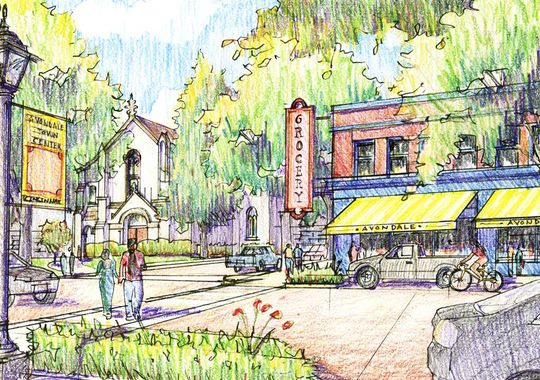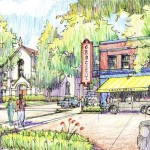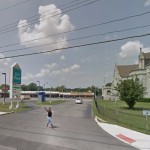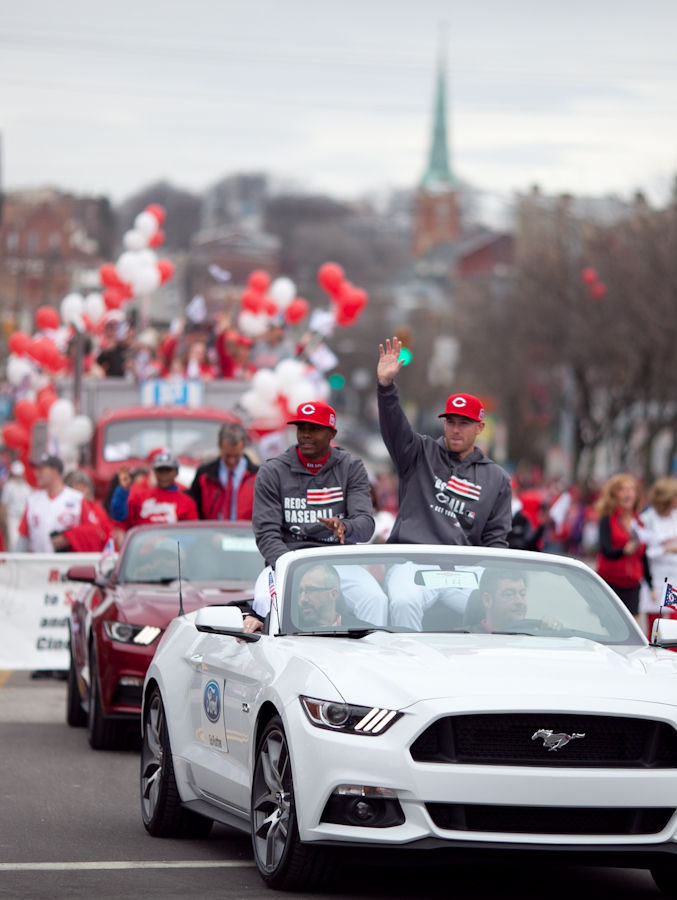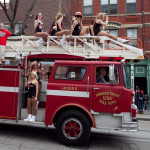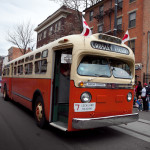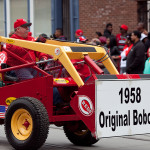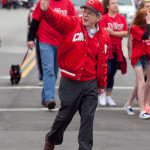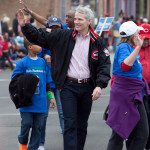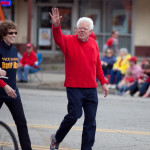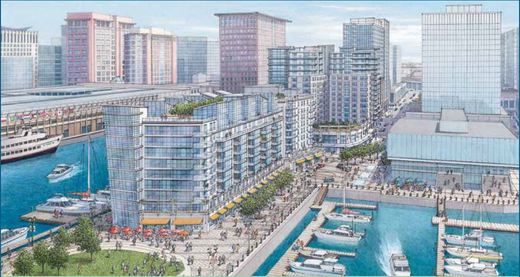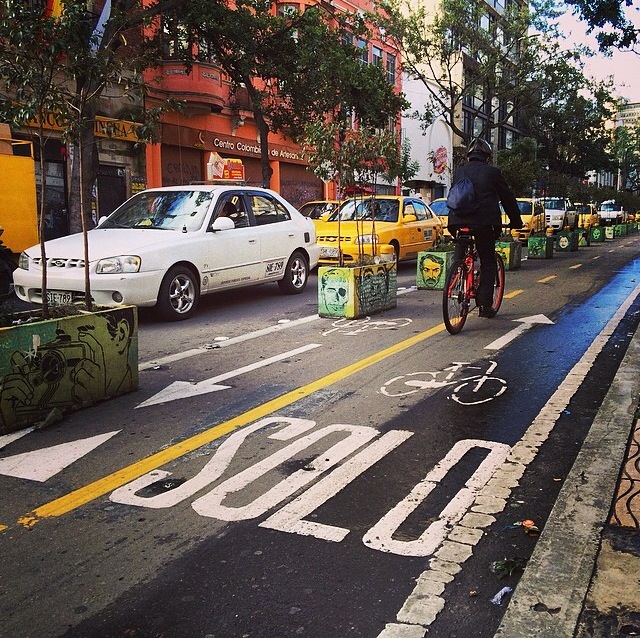If a team of local organizations have their way, Avondale Town Center will offer a jolt of investment like perhaps none other to date in the neighborhood.
The town center development project is actually the final of three phases worth of work in Avondale that have thus far taken a $30 million grant from the U.S. Department of Housing and Urban Development, and leveraged it into $100 million. So far the money, part of the community’s Choice Neighborhoods implementation, has gone toward rehabbing nine properties throughout the neighborhood, but the final phase will bring new construction to Reading Road.
“Since we initially conceived of the Avondale Town Center development, we’ve entered into robust conversations with the community on the potential for the whole project,” Jeffrey Beam, Director of Development for The Community Builders, told UrbanCincy in an exclusive interview.
Beam says that these conversations have led to an expansion of the original concept, and now includes a two-part $40 million vision for much of the northwest corner of Reading Road and Rockdale/Forest Avenue. Based on feedback from the community, the development, as it stands now, would include residential and commercial uses, along with a long-desired grocery store.
“The mayor is excited to do it all as one development that could leverage other financing like New Market Tax Credits,” explained Beam.
For years, The Community Builders have been working with Avondale Community Council and the Avondale Community Development Corporation in an effort to improve one of the city’s most historically significant and proud neighborhoods.
The centrally located Avondale Town Center site is composed of a large wooded lot, which is referred to as Avondale Town Center North and would be the first to be developed, and the 47,000-square-foot strip mall and an accompanying surface parking. In total, the redevelopment of the site would create three new structures, ideally built out to the street in a pedestrian friendly manner, and include a total of 118 residential units and 80,000 square feet of retail.
Project officials say that while many details need to be fleshed out, Avondale Town Center North is the most fleshed out so far and would include 72 residential units, of which 51 would be reserved for low-income renters.
The goal, Beam says, is to have the design documents complete this spring so that they can begin approaching potential retail tenants, and line up financing like New Market Tax Credits. If all of that happens, then ground could be broken on the project as early as 2016.
One of the things benefiting the effort is the fact that the City of Cincinnati owns the land, and is engaged in a land-lease with a coalition of local churches and individual leases with tenants inside the strip mall, which at one point held an IGA grocery store. The City’s formal interest was made clear when Mayor John Cranley (D) touted the project and showed off a conceptual rendering for the site in his inaugural State of the City address.
“This will provide access to healthier and fresher food choices in one of our city’s under-served food deserts,” Cranley, the first-term mayor from Mt. Lookout, told the audience on September 18, 2014. “Maybe a new grocery store in the heart of Avondale will help us to begin replacing a sub-culture of guns and early death with a culture of long life and healthy eating.”
While no potential grocers have been lined up at this point, the development team says they will be in search of a “proven” operator that can bring healthy and fresh food to the neighborhood, while also offering training and retention programs for local employment.
“We would like the operator to be committed to altering their offerings to be as customized for the neighborhood as possible,” said Beam. “While we are not sure what that means yet, we have gotten into varying levels of discussions with potential operators about it.”
Whatever tenants and operators eventually move in, they will be moving into a markedly different site than what has existed for the past several decades. Noting that the existing strip mall with most likely be torn down, or, at the very least, substantially altered, Beam says the aim to embrace the neighborhood’s urban location.
“The vision is for a mixed-use, pedestrian-oriented development at Avondale Town Center.”
Considering there is a Metro*Plus station at this exact location and that approximately 40% of Avondale’s residents do not own a car, the development team seems to be heading down the right path.
